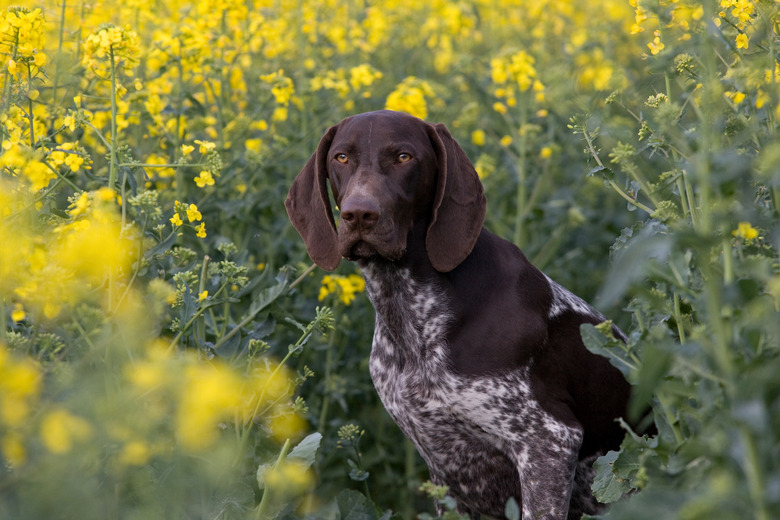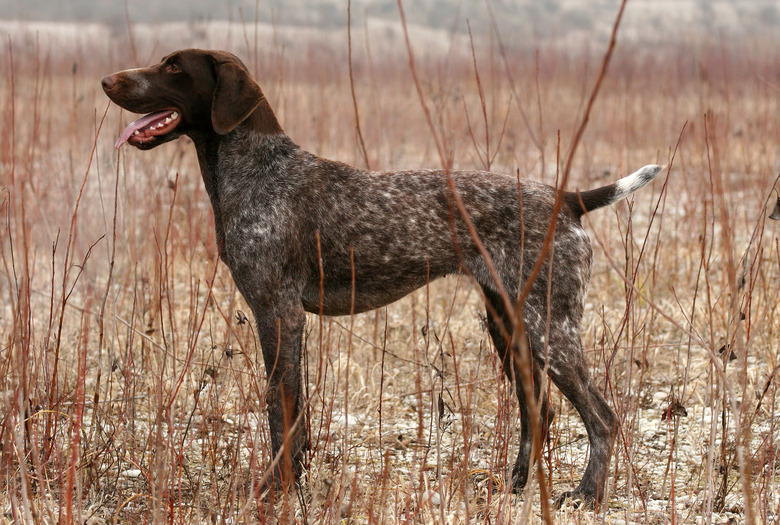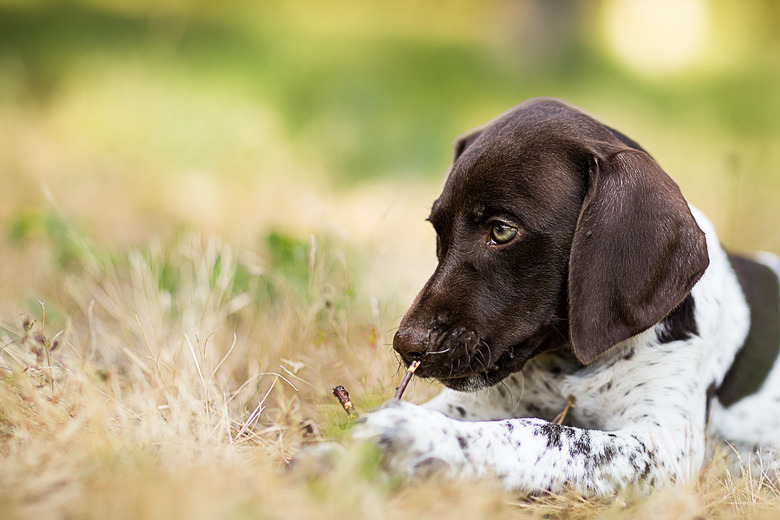How To Train German Shorthaired Pointer Puppies
German shorthaired pointers are energetic pups who are eager to please and are highly intelligent due to their history as helpful hunting dogs. Training your German shorthaired pointer (GSP) should go smoothly as long as you keep it positive and ensure that your dog gets plenty of exercise so that he can run off his excess energy prior to training sessions.
If you're looking for a dog to keep you company on any outdoor adventure or if you're interested in entering your dog in agility contests, then the GSP is for you. Before you enjoy a plethora of outdoor activities together, you'll have to teach your dog basic manners and skills.
Training a German shorthaired pointer
Training a German shorthaired pointer
Basic training is vital for your GSP, especially if you plan to use your dog as a hunting companion. Commands like "sit," "stay," and "come" are a must so you can control your dog when she's not on a leash. You can teach these commands yourself at home or enroll your dog in a puppy training class so she is socialized to other dogs and people too.
While the "leave it" command is important for any breed of dog to learn, it's a necessity for these hunting dogs who tend to have a high prey drive. Learning the "leave it" command helps you control your GSP if a passing cat or squirrel catches her attention.
Because these dogs are so active, it's best to precede training sessions with a fun game or brisk walk so she won't be bursting with pent-up energy.
Training a GSP puppy
Training a GSP puppy
Training a GSP puppy should start with teaching him his name. Then, move on to all of the basic commands he'll need in short five-minute sessions throughout the day. Do this by simply giving the command and then getting your dog to perform the desired action before giving your pup a treat.
For example, when teaching the "sit" command, say the command, hold a tasty treat over your dog's head until he sits, and then reward him with the treat. Use this as the basis of the "stay" command. Tell him to "sit" and then say "stay" and step back. If he stays in place, give him the treat, stepping back farther each time you give him the "stay" command. Finally, use the "stay" command to keep your dog in place while you step away and teach him the "come" command.
The "leave it" command is the final of the four basics your dog will need. Start by giving him the "stay" command and then place a tasty treat on the ground. Say "leave it" and if he does, give him a separate and better treat. Place your foot over the treat if necessary. Continue this training by expanding the time between the command and the reward.
Leash training your GSP
Leash training your GSP
Unless you want your dog to literally pull you along on walks, leash training is a must in the GSP training book. That's because these medium-size dogs are quite muscular and love to run even if you're holding the leash.
Only reward your dog when she walks along with you and stops when you do. If your pup starts galloping forward, then stop and start again. Continue this routine until your dog realizes that the walk only continues when she walks alongside you and doesn't pull on the leash.
Housetraining your GSP
Housetraining your GSP
In addition to teaching your German shorthaired pointer his name when you bring him home, you'll also want to potty train and crate train him. Remember to take your GSP puppy out every two hours, including first thing in the morning, just before bedtime, and right after meals. When he's first learning to eliminate outdoors, he'll also need a potty break once at night too. Keep any nighttime breaks short so he doesn't start to associate these breaks with playtime.
Teach him that the crate is his safe space by rewarding him with treats when he sits inside. Because dogs don't tend to soil where they sleep, you can crate your dog at night and when he's not under your direct supervision to prevent accidents in the home.
References
- American Kennel Club: German Shorthaired Pointer
- American Kennel Club: How to Train a German Shorthaired Pointer Puppy: GSP Training Timeline
- Pointer Dog Training: Training a German Shorthaired Pointer
- Mountain Weekly News: Training a Dog to Walk on a Leash
- The Humane Society of the United States: How to House-Train Your Dog or Puppy
- Michelson Found Animals: How to Tame Prey Chase Drive in a Dog


